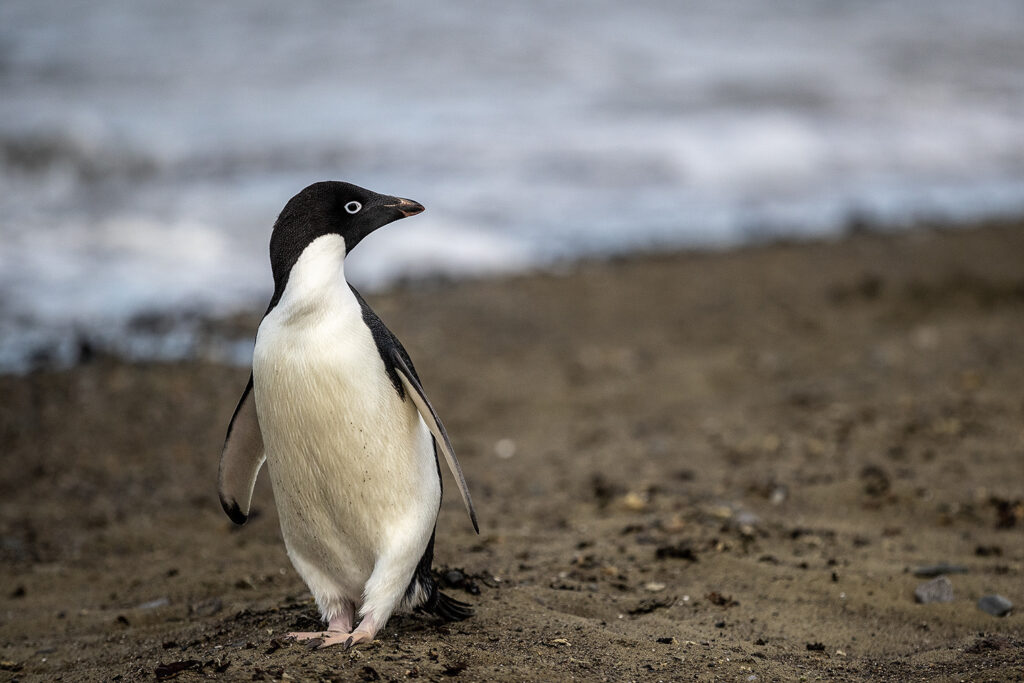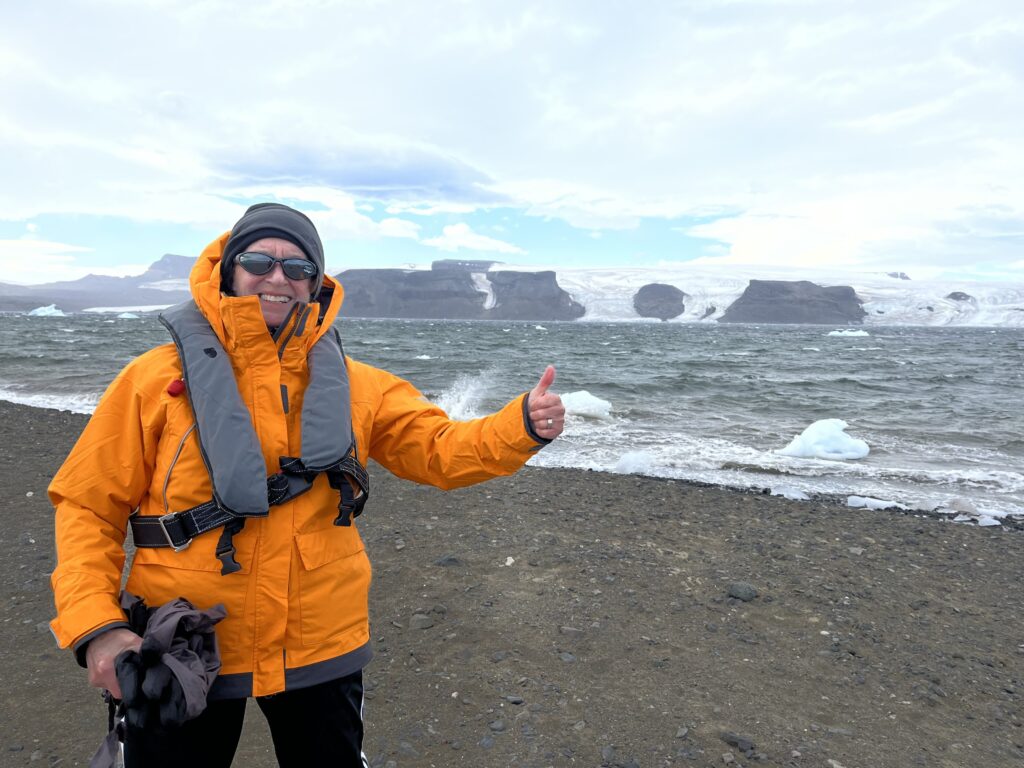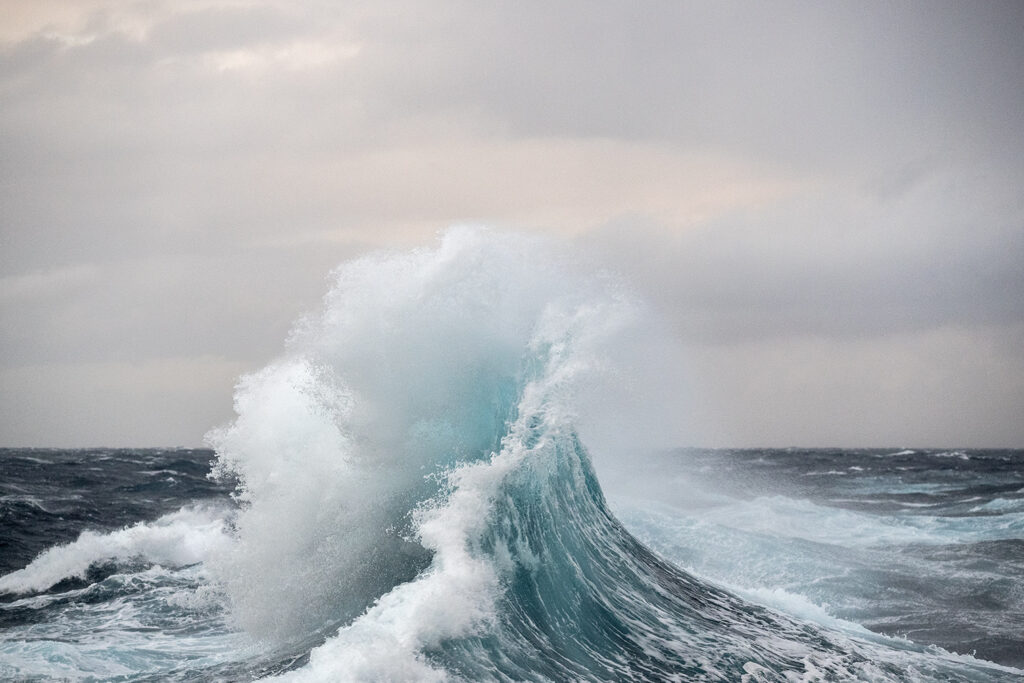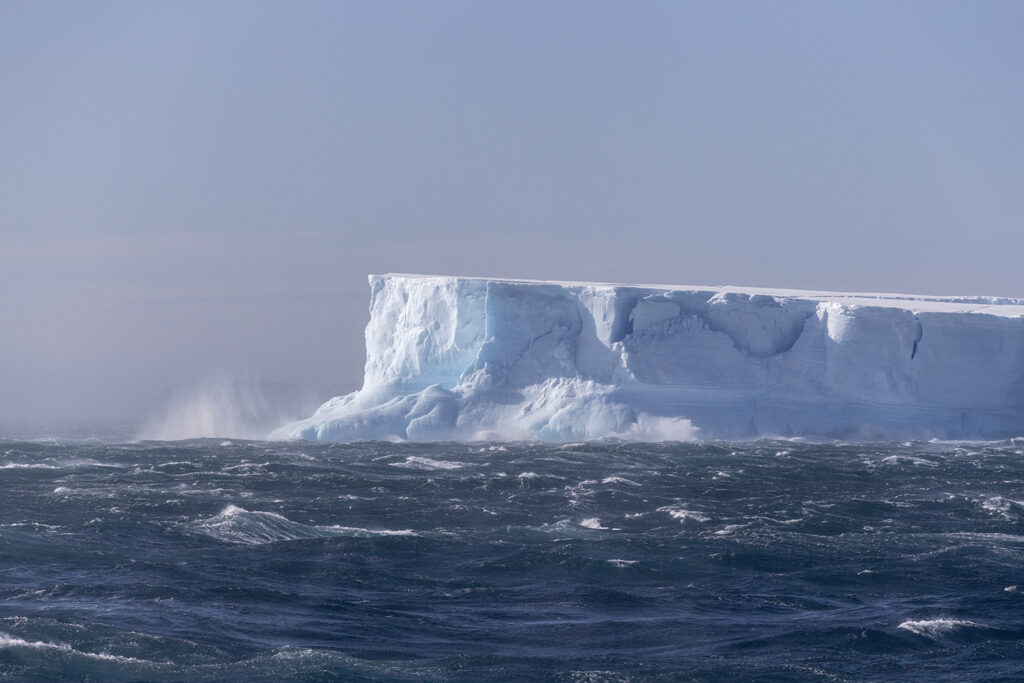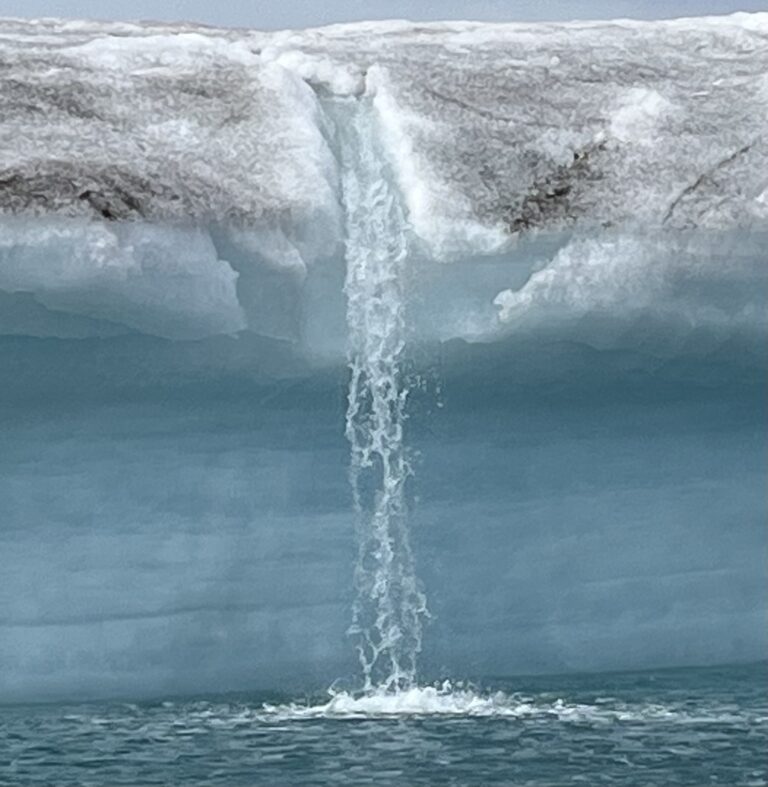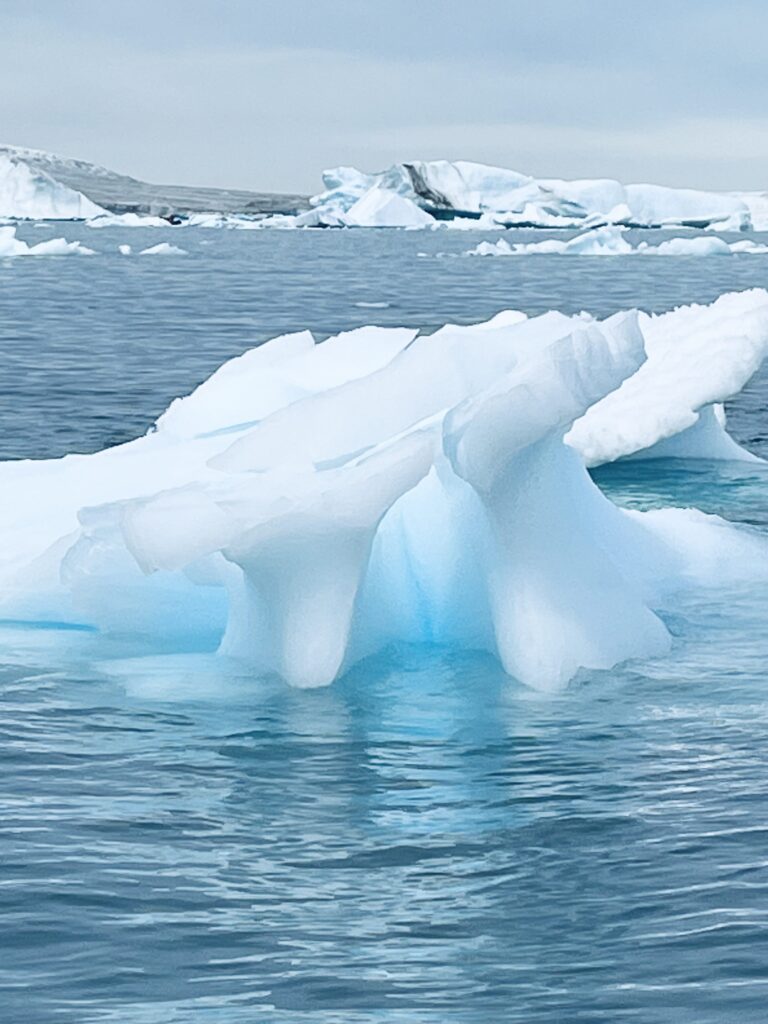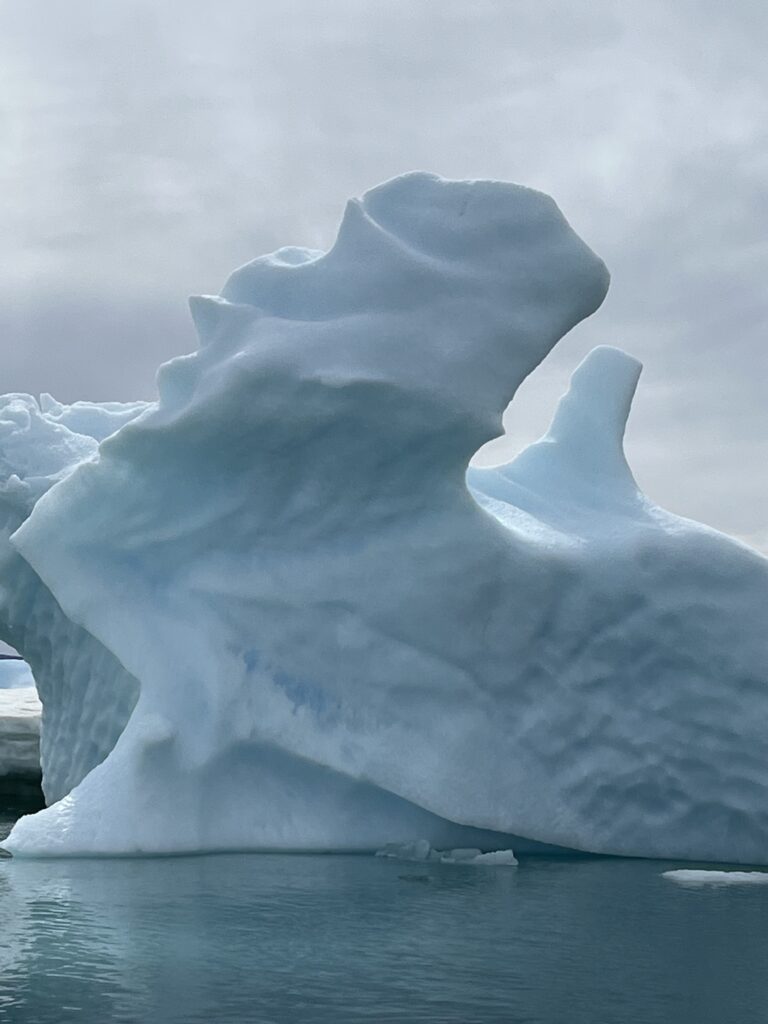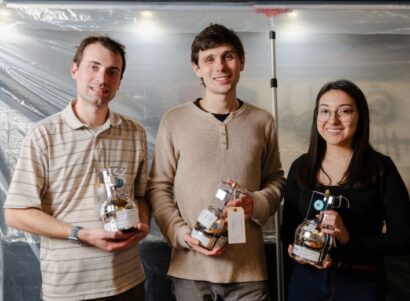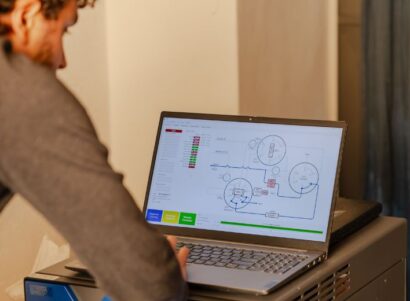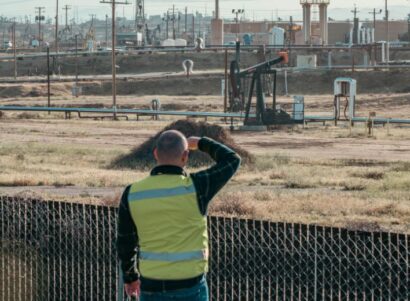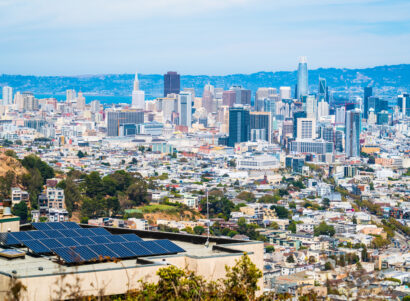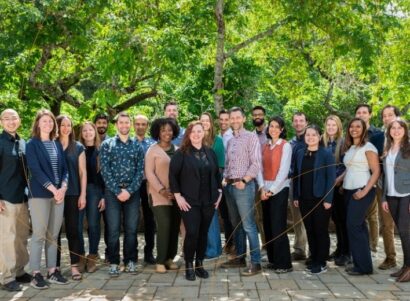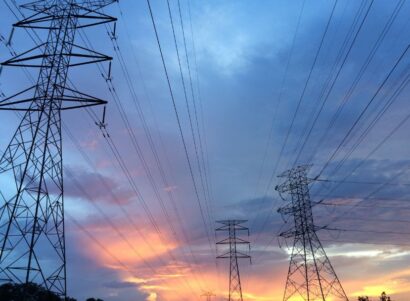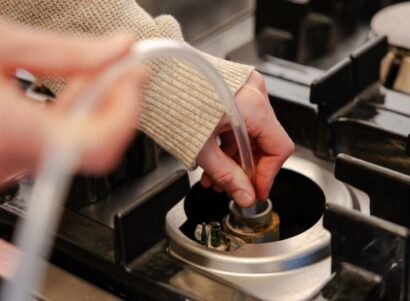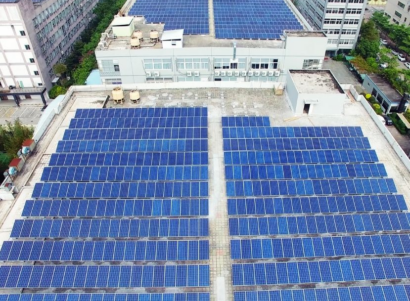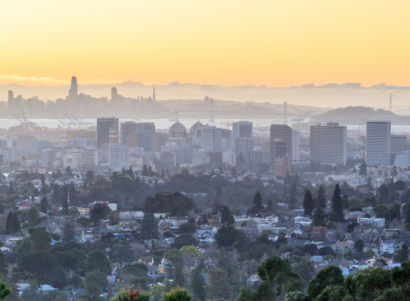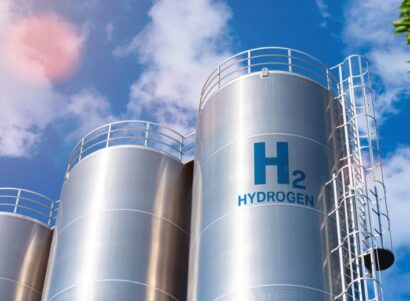Antarctica is a magnificent, massive frozen landmass that plays an integral role in balancing Earth’s climate and ocean systems. The Antarctic ice sheet, covering an area larger than the United States and Mexico combined, absorbs as much as 75 percent of the earth’s excess heat and 40 percent of human-generated carbon dioxide (CO2) emissions taken up by the global oceans.
No native peoples have ever inhabited the continent and it is the only place on Earth that is not owned by any country (the continent is protected by the Antarctic Treaty* established in 1961). Amidst its stark beauty, however, the effect of global warming is apparent. I am witness to this, having spent 10 days in Antarctica in January 2023.
Getting to Antarctica is a journey in and of itself. My ship left from Ushuaia, Argentina, nicknamed the “End of the World,” and we headed south through Drake’s Passage, the body of water that connects the southwestern part of the Atlantic Ocean with the southeastern part of the Pacific Ocean and extends into the Southern Ocean. Drake’s Passage is one of the world’s roughest, most treacherous sea passages for ships to navigate and my unforgettable journey through it proved this to be so. You are in open sea and strong currents are not tempered by any landmass. Ferocious wind and currents and impressively large waves constantly battered the ship. Ship stabilizers were unable to deal with these forces of nature and anti-nausea medication was no match for what we experienced in the two-day crossing. But, it was absolutely worth it once the ship reached the calm seas of the Antarctic peninsula, an 800-mile northward extension of the continent.
Immediately I was struck by the sheer beauty of the soaring, snow-covered mountains; the immense icebergs scattered in the Antarctic ocean (giving new meaning to me of “tip of the iceberg”); and of course the penguins, the most common birds in the Antarctica who manage to survive in the harshest of conditions. Penguins live in colonies (e.g., rookeries) and are monogamous. As my fellow travelers and I gingerly walked around the icy, rocky terrain, the penguins (who were nesting at this time of the year) were nonplussed by our presence.
There has been a lot of press about ice melting and calving in Antarctica, and I saw first-hand the evidence of this. January is summertime and during the daytime temperatures moderate to 40 degrees F (although nighttime temperatures were well below 32 degrees F) so I expected to see some melting of the snow and ice. However, I did not expect to see waterfalls on Antarctica! I also saw very large floating ice shelves, which made for tricky navigation so as not to have the ship plow into them.
As a researcher and a scientist, I have long been convinced of the urgency of climate change. Yet bearing witness to such rapid ice melt in one of the coldest places on earth was shocking. It reinforced my conviction that we must take cues from nature and be proactive.
Apparently elevation change due to ice loss has increased substantially since 1985. Antarctic glaciers are now flowing more rapidly to the ocean, accelerating the rate of global sea level rise. I had read about calving of ice on Antarctica, but actually being there and being told about a 600-square-mile iceberg breaking away from the nearly 500-foot-thick Brunt Ice Shelf put things in perspective. While I did not actually see this event, the ship’s well-informed guides told us that the edge of the Antarctic ice sheet has been shedding icebergs faster than the ice can be replaced. Of the 34% of ice shelves at risk of collapse by the end of the 21st century, many are concentrated in the Antarctic Peninsula—the area where the Antarctica tour cruises congregate.
Global warming in Antarctica also is having a profound impact on the ecosystem. Antarctica is home to unique and diverse species, including 7 specific types of penguins that make Antarctica their home, 6 different species of seals that live in Antarctic water, 8 whale species (the humpback whale is the most sighted in Antarctic water), and Antarctic krill. Krill (means ‘whale food’ in Norwegian) is the main food of penguins, whales, seals, and fish species. These tiny crustaceans are hugely important to the Antarctic food chain and any disruption to the delicate balance of the ecosystem (e.g., rising temperature, warming water, melting ice) has the potential to profoundly affect food and habitat. Krill grow fastest in cold water, and any warming can slow down or stop growth. Already there is evidence of a decline of krill 6 that has been linked to warming temperatures and a dramatic decline in sea ice, which will have a chilling effect on the species that feed on these little creatures.
Global warming in Antarctica also is having a profound impact on the ecosystem. Antarctica is home to unique and diverse species, including 7 specific types of penguins that make Antarctica their home, 6 different species of seals that live in Antarctic water, 8 whale species (the humpback whale is the most sighted in Antarctic water), and Antarctic krill. Krill (means ‘whale food’ in Norwegian) is the main food of penguins, whales, seals, and fish species. These tiny crustaceans are hugely important to the Antarctic food chain and any disruption to the delicate balance of the ecosystem (e.g., rising temperature, warming water, melting ice) has the potential to profoundly affect food and habitat. Krill grow fastest in cold water, and any warming can slow down or stop growth. Already there is evidence of a decline of krill 6 that has been linked to warming temperatures and a dramatic decline in sea ice, which will have a chilling effect on the species that feed on these little creatures.
Increased carbon dioxide (CO2) of course contributes to global warming but it also results in ocean acidification. As (CO2) dissolves in the ocean, it increases ocean acidity.7 Antarctic waters are particularly vulnerable to acidification because (CO2) dissolves more easily in cold water, which has a detrimental impact on marine life. The productivity and diversity of phytoplankton, the foundation of Antarctic food chain, is compromised by ocean acidification. Ocean acidification also accelerates the rate of ice melting.
The daily onboard educational lectures on Antarctica’s biosystem coupled with twice-daily hikes on the continent highlighted the difference between reading about the effects of global warming and actually bearing witness to its effect.
This once-in-a-lifetime adventure showed me how fragile our world is and how easily it is to disrupt the delicate balance of our life system. We know what we should do to prevent things from getting worse. There is compelling evidence to show that net benefits of a cleaner, healthier world far outweigh the risks of continuing our reliance on fossil fuels.
Despite the fact that Antarctica is 97.6% ice (the Antarctic ice sheet is the largest block of ice on earth), the continent is indeed slowly melting, the effects of which will have tremendous consequences for life there as well as on the other continents. That being said, I, along with a group of other climate optimists, have hope that reason will prevail.
*The Antarctic Treaty is a collection of agreements that regulate international relations regarding the continent of Antarctica. Established in 1961, the treaty forbids any military activity on Antarctica and sets aside the continent as a scientific preserve by establishing freedom of scientific investigation.
